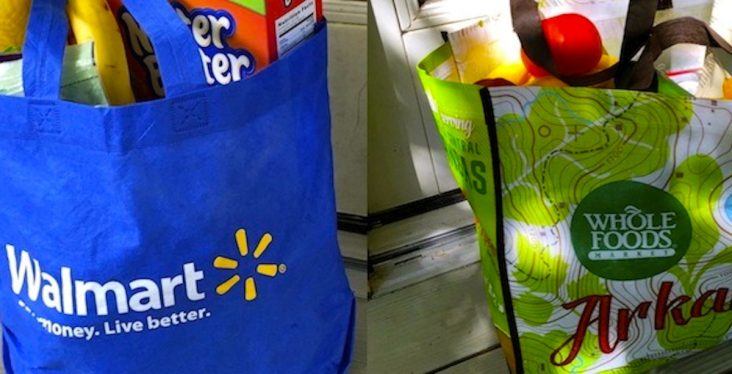Online grocery sales totaled $8.5 billion in April, up 4.4% annually
by May 15, 2024 10:48 am 265 views

Online grocery sales totaled $8.5 billion in April, up 4.4% from a year ago, according to a report from Bricks Meets Clicks/Mercatus. The report found growth across all three segments – pickup, ship-to-home and home delivery – of online grocery shopping.
The ship-to-home segment generated most of the year-over-year sales gain. Ship-to-home sales posted a 10.2% gain in April 2024 compared to last year. The growth was primarily due to a year-over-year increase in the average order value after rebounding from a drop in 2023 versus 2022. The report also showed that order frequency fell among ship-to-home users leading to a decline in order volume.
Buoyed by the strong year-over-year growth, ship-to-home ended April with an 18.7% share of e-grocery sales, up 1% compared with the same period in 2023. The gain in share came from the pickup segment, which saw its share of total sales fall to 43% from 44% in 2023 while the delivery maintained its 38.3% share versus a year ago, the report states.
Pickup sales for April grew 2.1% versus last year. Higher spending levels accounted for the gains as the average order value increased while order volume dropped due to a combination of fewer monthly active users for the service, mostly from the 60 and older age group, plus lower order frequency compared to a year ago.
Delivery sales were up 4.3% compared to a year ago. Sales were aided by the expansion of its user base as penetration increased across all age groups. The growth in the delivery user base helped drive up order volume versus April 2023 while average order value remained unchanged. Delivery also benefited from increased focus by Mass retailers, most notably Walmart, on growing their first-party delivery services, assisted by each retailer’s respective membership or subscription program.
“Delivery sales in e-Grocery continue to benefit from significant interest and investment from third-party providers and Walmart,” said David Bishop, partner at Brick Meets Click. “One question related to this growth remains whether many of the newer customers who are attracted by the trial offers will behave like streaming subscription service users who choose to use one service at a time until the ‘free’ period expires, and then jump to the next special offer.”
The report found the share of monthly average users that relied on just one method during the month remained above 70% in April, while the share that used a delivery and pickup service represented only 15% of users. Mercatus reports that more online grocery customers are using mass retailers like Walmart as flight-to-value behavior continues and membership subscription programs help attract delivery customers.
For April 2024, mass retailers supplied orders to 51% of the overall e-grocery user base, up 5% year over year. In contrast, Supermarket retailers engaged only 30% of the user base for April 2024, down 2.8% from a year ago.
The share of grocery customers, which includes supermarkets and discounters, that also ordered groceries from a Mass service during April 2024 surged to nearly 34%, up almost 8% versus a year ago. The elevated rate of cross-shopping may also be shaping customer expectations elsewhere as they compare one service to another, Mercatus notes.
Mercatus said the April research found that for households that primarily buy groceries from a mass retailer and also buy groceries online, 83% completed one or more online grocery orders with their primary grocer in April 2024. In comparison, for households that primarily shop at a supermarket and buy groceries online, just 54% bought groceries online from a supermarket, down 6.4% versus 2023.
“Given the recent shifts in consumer purchasing patterns, especially the increased flight-to-value and rise in cross-shopping between supermarkets and mass retailers, grocery executives need to lean on their technology partners to offer solutions that enhance the shopping experience, whether that’s online or in-store,” said Mark Fairhurst, chief growth officer at Mercatus. “Mass retailers, like Walmart and Target, have already invested heavily in their mobile apps, and are now tapping into emerging technologies like machine learning and AI to better predict and adapt to customer behavior in real-time.”
